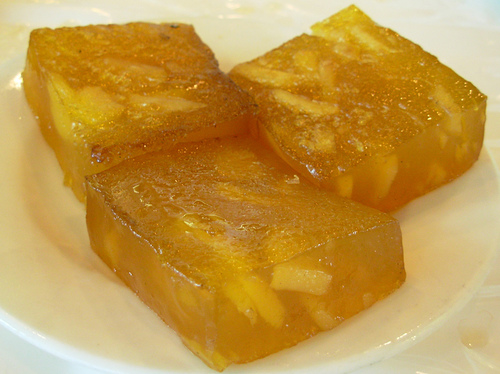Facts About Chinese desserts
Chinese desserts are delightful sweet treats that are often enjoyed with tea, alongside meals, or as a post-meal indulgence. These desserts feature a variety of ingredients typical in East Asian cuisine, such as glutinous rice, sweet bean pastes, and agar. Thanks to China's diverse cultures and long history, there is an extensive array of desserts to explore.
Let’s break down the main categories of Chinese desserts:
Bing: These are wheat flour-based confections that come with either a short-pastry crust or flaky puff pastry, often made with lard. Popular examples include mooncakes, sun cakes, and wife cakes.
Candies (Táng): Made with cane sugar, malt sugar, and honey, these sweets often contain nuts or fruits mixed into syrup or pastes. Notable examples are Dragon's Beard Candy and White Rabbit Creamy Candy.
Guo or Gao: These are rice-based snacks that are typically steamed and made from either glutinous or regular rice. They come in a variety of textures, from chewy and jelly-like to fluffy and firm. Some well-known types are Nian Gao, Bai Tang Gao, Tangyuan, and Ang Ku Kueh.
Ices: These desserts include shaved ice topped with sweet condiments and syrup, making for a refreshing treat. Ice cream also enjoys popularity in Chinese culture.
Jellies: Made with agar and flavored with fruits, these jellies can also use gelatin. Grass jelly and aiyu jelly are popular choices.
Soups (Tong Sui): These are sweet, hot soups and custards often prepared with ingredients believed to have restorative properties according to traditional Chinese medicine. Douhua is a common dessert in this category.
